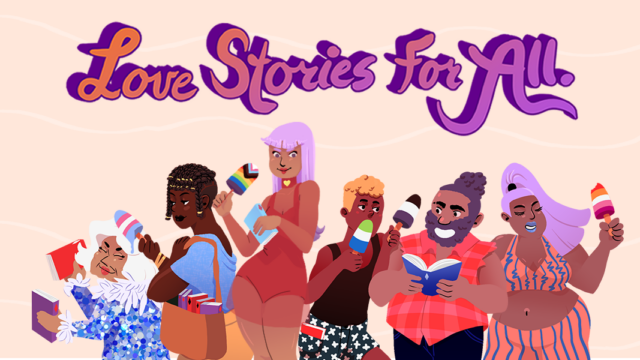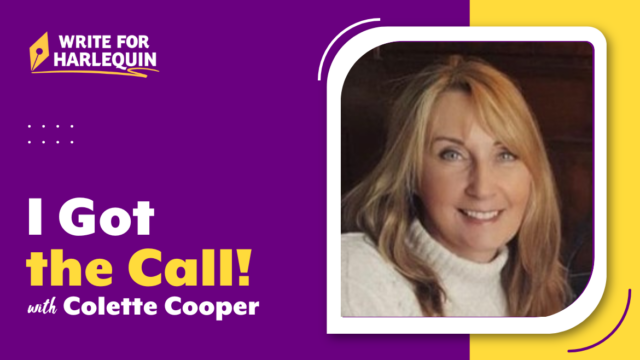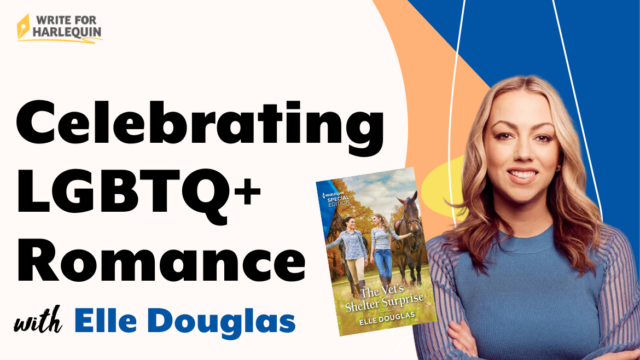Many years ago Harlequin’s UK office–aka Mills & Boon headquarters–ran the fabulous “New Voices” competition. The editors gave a lot of tips, and good advice never goes bad! We’ve repurposed some of it for you…
Don’t let the Plot Get In the Way of the Story….
Have you ever wondered why you can’t get your characters to behave in the way they should? Or why your ending isn’t as satisfactory as it ought to be? Well, worry not, for Romance HQ has the answers! Well, some of them… We’ve polled our trusty editors and come up with what we think are some of the most common pitfalls of plotting a romance novel.
Your enemies are…
- Clichéd Openings
- Puppet Characters
- Plot – Show and Tell
- “Crunch Time” – Your Ending
Let’s begin with those pesky first scenes…
Here, collated for your reading pleasure, are the official Mills & Boon Top Ten Most Clichéd Openings:
- “It’s not you…” We’ve all heard this one! Dumped, heartbroken heroine discovers ex is a faithless devil and swears off men.
- “I’ll be back…” Absent husband returns to seek revenge.
- “Promise me! Promise…meee…!” Deathbed vows to contrive a meeting.
- “You see, there’s something rather unorthodox…” Will readings to force conflict. Or even “Till death do us bring together.” Funerals, what a cheery way to start a romance 😉
- “I’m getting on the next plane to…” Heroine leaves To Start A New Life.
- “To sir, with love” Your new boss, that one-night stand.
- “Insufferable man!” Heroine and hero take an instant dislike to each other.
- “Crying over spilled coffee” Accidentally bumping/crashing into each other.
- “The name’s Jones. Bridget Jones.” Hero catches heroine in embarrassing situation.
- “Fancy meeting you, ex, in the middle of my desert trek…” Coincidental reunions (Yes, SATC2 – we’re talking to you…).
But wait! Before you scrap those opening chapters, remember that clichéd openings are clichéd for a reason.
When and how clichéd openings work:
- They can be an easy way to get straight into character and conflicts, e.g. “dumped” is an easy way to bring out the heroine’s back story.
- They involve an immediate event to pull the reader in. You need to grab the reader by the throat/heartstrings/whatever you can and keep her attention!
- A familiar plot allows the reader to understand immediately the sort of read they are getting, and with your feet on safe ground you can play with other elements!
- They can help you engage readers immediately to your characters. Who can resist a heroine who’s struggling to get into big pants for a hot date! A heroine in an “embarrassing situation” immediately gets the reader onside.
- They’re a useful springboard to your plot – it’s not always easy to get your hero and heroine on the same page!
When clichéd openings don’t work:
- They can lack individuality in their detail and voice.
- When they’re plot driven. If the plot is just used as a vehicle to get characters together it can feel contrived, it’s the characters’ unique reaction to the situation that creates the magic.
- They often involve too much focus on mundane details.
A talented writer uses these openings to showcase their individual voice, and often gives these openings a unique twist of their own, rather than relying on them. To help avoid the pitfalls, here are three basic steps to follow:
- Choose your set-up carefully and be aware of why you are using it.
- Question if this is the best way to bring your characters together.
- Understand the convention before twisting it.
Yep, the advice still holds true! Hopefully you agree!



